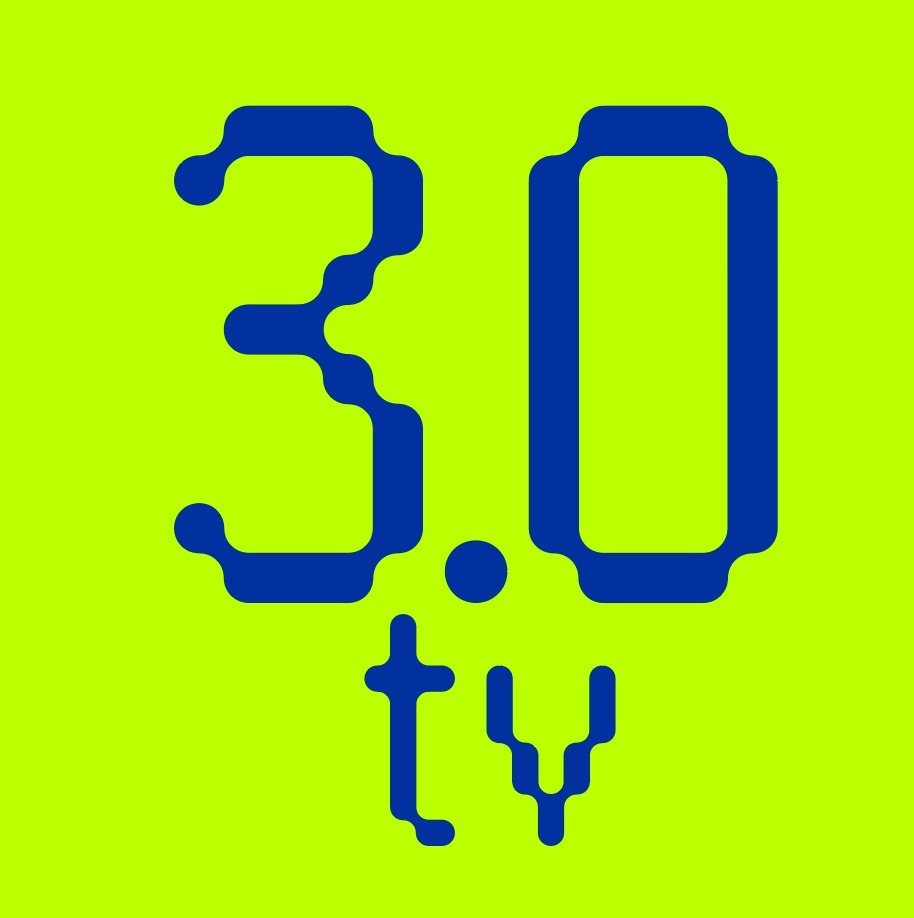You need to login in order to Like

NFTs: The Future of Digital Ownership – A Beginner’s Guide to NFTs
A Non-Fungible Token (NFT) is a digital asset that represents ownership or proof of authenticity of a unique item or piece of content using blockchain technology. Unlike cryptocurrencies such as Bitcoin or Ethereum, which are fungible and can be exchanged on a one-to-one basis, NFTs are non-fungible, meaning each token has distinct properties and cannot be exchanged on a like-for-like basis.
NFTs have gained significant attention in the worlds of art, collectibles, gaming, and digital media, as they provide a way to establish ownership, provenance, and scarcity of digital assets.
Here’s how NFTs work?:
1-Digital Ownership: NFTs are typically built on blockchain platforms like Ethereum, Binance Smart Chain, or others that support the ERC-721 or ERC-1155 token standards. These tokens represent ownership of a specific digital item, such as artwork, music, videos, virtual real estate, in-game items, and more.
2-Unique Properties: Each NFT has distinct attributes that make it different from any other token. This uniqueness is what sets NFTs apart from cryptocurrencies, which are interchangeable with one another.
3-Blockchain Verification: NFTs are created and managed through smart contracts on a blockchain. Smart contracts are self-executing agreements with the terms of the contract directly written into code. These contracts include information about the digital item, its ownership, and any associated metadata.
4-Provenance and Authenticity: NFTs establish a clear record of ownership and transaction history. This provenance is stored on the blockchain, making it transparent and tamper-proof. This feature is particularly important for art and collectibles to verify authenticity and ownership.
5-Scarcity and Rarity: NFTs can represent both unique items and limited editions. The scarcity of digital assets is achieved by controlling the number of tokens issued for a particular piece of content. This scarcity often contributes to the perceived value of NFTs.
6-Buying and Selling: NFTs are bought and sold on NFT marketplaces. These marketplaces act as platforms where creators can mint (create) new NFTs and buyers can purchase them using cryptocurrency. Transactions are recorded on the blockchain, and ownership is transferred to the buyer upon completion of the transaction.
7-Royalties and Secondary Sales: One unique feature of NFTs is the ability for creators to receive royalties on secondary sales. Whenever an NFT changes hands on the secondary market, a portion of the sale proceeds can automatically be directed to the original creator. This ongoing revenue stream can benefit artists and content creators.
8-Interoperability: Some NFT standards allow for interoperability, meaning that NFTs from one platform can be used in different applications or games. For example, an NFT obtained in a game could also be used as collateral in a decentralized finance (DeFi) application.
Years ago, for many of us, a GIF or a JPEG image could well be an art collectible worth a few grands but today they are known as Non-Fungible Tokens, and some of them as highly valued as a few million dollars!
Yes, you got it right; —they are referred to as NFTs—and going by their craze, NFTs seem to have indeed created a buzz around the world!
Many celebrities, digital artists, and other creators have already uploaded their pieces of art on the blockchain. When it comes to minting NFTs, the possibilities are endless, ranging from artwork to music to even collectible NBA trading cards.
If you’re asking about how to mint NFTs, it’s important to know that the process now involves publishing a special digital asset on a blockchain so that it can be purchased, sold or traded on blockchain-based marketplaces. It is a great way to demonstrate the legitimacy and ownership of creative works So let’s understand the world of NFTs.
What is An NFT?
A non-fungible unique asset or NFT is one that cannot be replaced, traded, or swapped for another one of equal value. This differs from fungible tokens like cryptocurrencies which are identical to each other and, therefore, can serve as a medium for commercial transactions.
What Can Be An NFT?
An NFT can be in the form of art, music, video, GIF, in-game items, domain name, tickets, etc. They are bought and sold on blockchain with cryptocurrency. Although they’ve been around since 2014, NFTs have recently started gaining popularity because of their huge sale prices.
What Does An NFT represent?
NFT can be anything from an artwork, a melody, a video game collectible, etc., something that gives you ownership of work.
Buyers prefer to own NFTs related to digital artworks, songs, images and videos, and also those of famous personalities, shots of players, fictional characters, etc.
Are There Any Prized NFTs?
Yes, indeed. One of the most famous NFTs that made headlines worldwide is digital artist Mike Winklemann, better known as Beeple’s artwork “EVERYDAYS: The First 5000 Days,” which comprises 5,000 daily drawings. This artwork sold at Christie’s for a record $69.3 million!
Jack Dorsey, former CEO of Twitter and Square, sold his first tweet as an NFT for over $2.9 million!
Top Indian film stars, Amitabh Bachchan and Salman Khan, are among the celebrities who have joined the NFT bandwagon!
NFTs can have only one owner at a time. NFTs’ unique data makes it easy to verify their ownership and transfer tokens between owners. The owner or creator can also store specific information inside them.
Where Do I Get An NFT?
Anyone can view the artwork online for free. You can easily take a screenshot or download it. But still people spend millions to buy an NFT because that makes them the owner of the original item. Not only that, it contains built-in authentication which serves as proof of ownership.
NFTs are fast gaining popularity across the globe and are rapidly changing the way are valued, protected, owned and sold across the world digitally. They have revolutionized the world of both, the art and the artists!
About Author
Ruchi Sharma
You need to login in order to Like

















